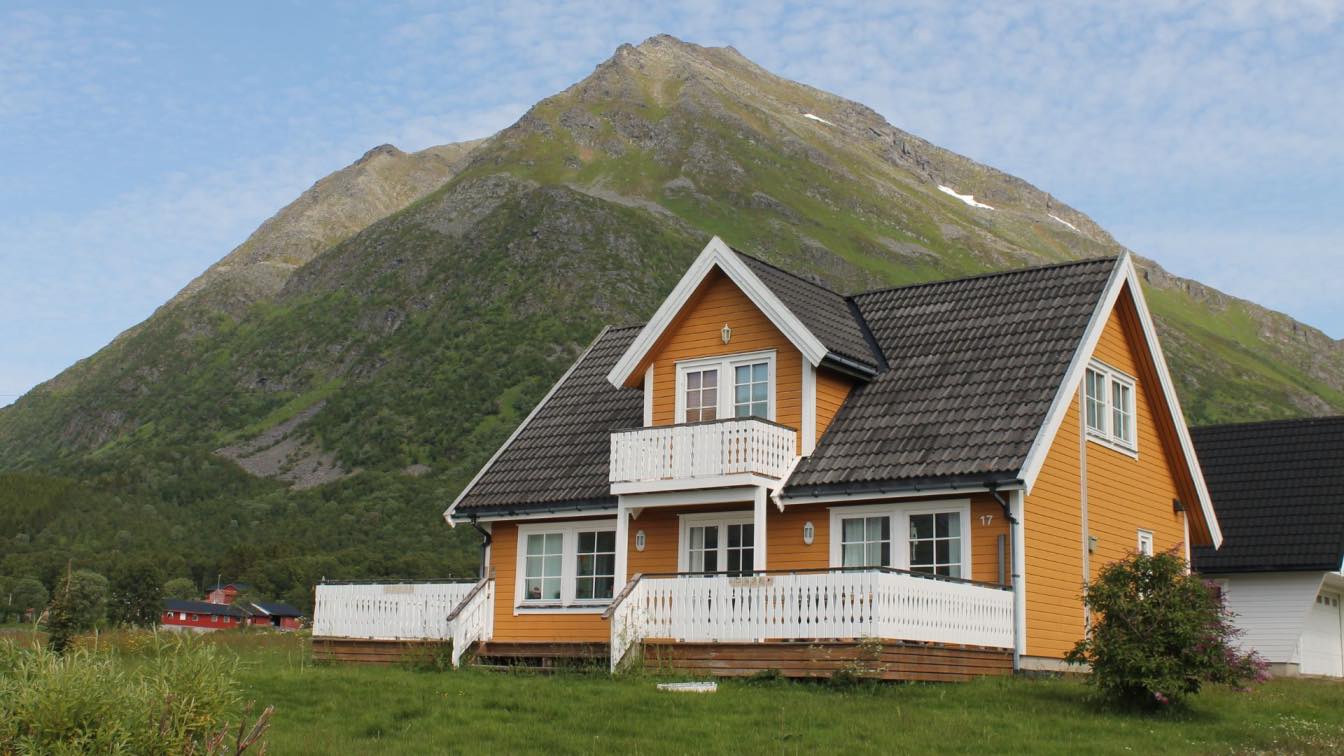Creating a comfortable living space means considering everything from aesthetics to protection from the weather. Within that context, the roof design is one of the essential aspects of your home’s overall structure that can play a major role in air ventilation, temperature control, and other key factors in keeping you or your family members feeling safe and cozy. This article explores why roof design matters for these things and how to make sure you get it just right so any time spent indoors is as enjoyable as possible.
Start With A Roof Inspection
The first step towards optimizing your roof design for ventilation and comfort is conducting a thorough roof inspection. By assessing the current condition and design of your roof, the team at Omega Roofing says you can identify any issues such as leaks or poor insulation that might be compromising your home's overall comfort. It's also an opportunity to spot any potential problems that could arise in the future, allowing you to address them before they become major concerns.
Understanding the Different Types of Roof Designs
There are various types of roof designs, each with its unique features, benefits, and drawbacks. Gable roofs, characterized by their triangular shape, are common in regions with heavy snowfall as their design encourages snow to slide off. Hip roofs, on the other hand, have slopes on all four sides, providing incredible stability and resistance to high winds. Flat roofs, popular in arid climates, offer additional living space but require diligent maintenance to avoid water pooling.
Mansard roofs, with their four double-sloped sides, are ideal for homeowners looking to maximize attic space or plan future home additions. Finally, butterfly roofs, distinguished by their V-shape, allow for larger windows and better natural lighting, but they require complex construction and frequent maintenance. Each design impacts home ventilation and comfort differently, making it essential to evaluate your specific needs, local climate, and architectural aesthetics when choosing a roof design.
How to Choose a Roof Design
Choosing the right roof design can significantly enhance the comfort levels in your home. Start by understanding your local climate. For example, if you live in an area with high temperatures, a flat or butterfly roof may allow for better ventilation and cooling. On the other hand, if you reside in an area prone to heavy snowfall or high winds, a gable or hip roof might be a better choice for durability and weather resistance.
Next, consider your home's insulation needs. Insulation plays a key role in maintaining your home's temperature, keeping it warm in the winter and cool in the summer. Different roof designs offer varying levels of insulation, so you'll need to weigh this factor in your decision.
The size and layout of your home also play a part in choosing the right roof design. If you're looking to maximize your living space, a mansard roof can provide additional attic space, while a butterfly roof can accommodate larger windows for more natural light.
Benefits of Proper Roof Design for Energy Efficiency and Cost Savings
A well-designed roof doesn't just provide shelter and enhance the aesthetic appeal of your home, it can also significantly contribute to energy efficiency, leading to substantial cost savings. For instance, a roof designed to maximize natural light can reduce the need for artificial lighting during the day, reducing electricity costs.
Likewise, roofs designed for optimal ventilation can help regulate indoor temperatures, minimizing the reliance on air conditioning or heating systems and thereby lowering energy consumption. Furthermore, certain materials used in roof construction, such as reflective metal or cool roof shingles, can help deflect sunlight and heat away from your home, making it cooler in summer and reducing cooling costs. These energy savings, over the lifespan of your roof, can add up to a substantial amount, investing in a well-designed roof not only environmentally friendly but also economically smart.
Maintenance Tips for Ensuring Long-Lasting, Durable Roofs
Maintaining your roof is crucial in order to maximize its lifespan and maintain the comfort and efficiency of your home. Start by conducting regular inspections, especially after extreme weather conditions, to identify and address any potential issues early. Cleaning your roof and gutters from debris is another vital task; this not only prevents water damage but also optimizes ventilation.
Consider investing in professional roof maintenance services; experts can spot less obvious issues and provide appropriate solutions. Another tip is to replace damaged or missing shingles immediately, as this prevents water from seeping into the roof layers and causing rot or mold.
Lastly, ensure adequate attic insulation and ventilation; this can prevent heat buildup in warmer months and ice dam formation in colder months, which can both cause significant roof damage. By following these maintenance tips, you can ensure a long-lasting, durable roof that continues to provide comfort, energy efficiency, and cost savings for your home.
In conclusion, roof design plays a critical role in home ventilation, temperature control, and overall comfort. By understanding the different types of roof designs, considering your specific needs and climate, and regularly maintaining your roof, you can create a comfortable living space that is both aesthetically pleasing and energy-efficient. When it comes to roofing for your home, don't just settle for any design; choose one that will provide optimal comfort and functionality for years to come.





